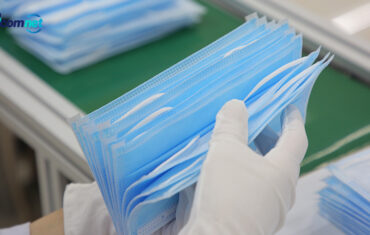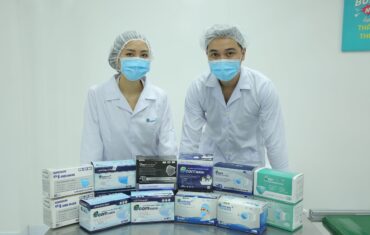The current pandemic is reducing medical resources. People require PPE adaptation to the circumstances and to the scale of the threat to medical personnel. It is the most important to follow the general recommendations on hand disinfection and the sequence of procedures when putting on and taking off PPE. Most of the guidelines emphasize the importance of “appropriate PPE,”. They are include adherence to standards for proper donning and doffing of gloves, gowns, eye protection and masks to limit transmission. Appropriate PPE includes eye protection, gown and gloves, in addition to face mask or respirator.
Appropriate PPE
During Covid 19, it is recommended to apply various types of PPE, including the use of surgical masks. This may reduce the risk of infecting people in the environment, including medical personnel. Moreover, COVID-19 is spread primarily via respiratory droplets. When entering a patient’s room, health care personnel can use a face mask if an N95 respirator isn’t available, according to the CDC. Healthcare personnel take care patients with suspected or known COVID-19 should add a face shield or surgical mask as part of appropriate PPE. The CDC also recommended them wear gowns, gloves and eye protection when caring for those patients. Health care personnel collecting diagnostic specimens can do so in a normal examination room with the door closed while wearing an N95 or higher-level respirator.
The guideline itself
Healthcare workers saw clear communication about guidelines as vital. Frequent changes to local guidelines could leave them feeling overwhelmed. Therefore, they were unsure how to follow them when they differed from national/international guidelines, or were long or unclear.
Support from managers, and workplace culture
Healthcare workers said their responses to guidelines influence by the level of support they felt they received from their managers. They also highlighted the influence of workplace culture around PPE. It also includes the importance of including all staff when implementing IPC guidelines.
Training
Healthcare workers thought it was a problem when training was not mandatory. They also were lack of training about the infection they were dealing with, and on how to use PPE.
Access to and trust in
Healthcare workers concern about a lack of and poor quality PPE. They commented on the need to adjust supplies throughout the course of an outbreak of infection.
The COVID-19 pandemic poses a huge challenge for emergency teams, as well as physicians in emergency departments. Ensuring the adequate allocation of PPE is important to alleviate structural inequities in COVID-19 risk. However, infection risk was increased even with adequate personal protective equipments. Therefore, the need to ensure proper use of PPE and adherence to other infection control measures.






